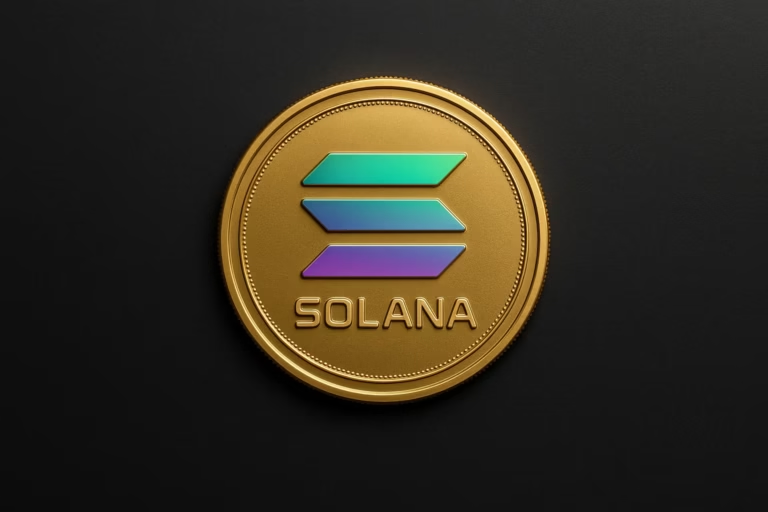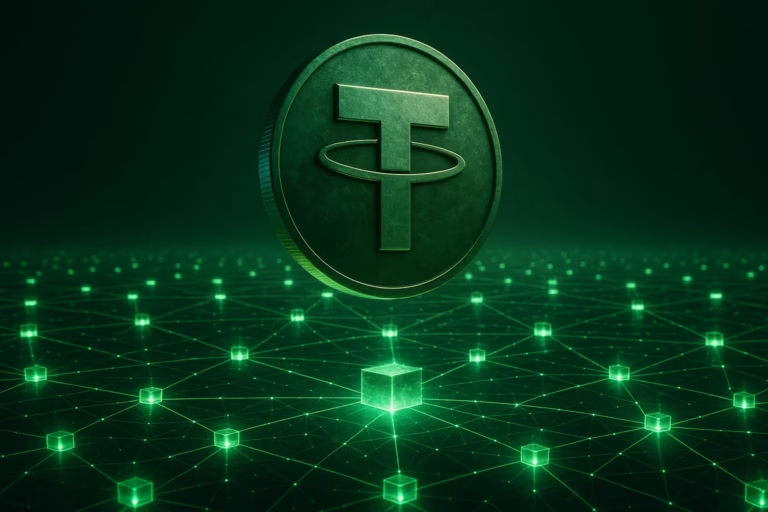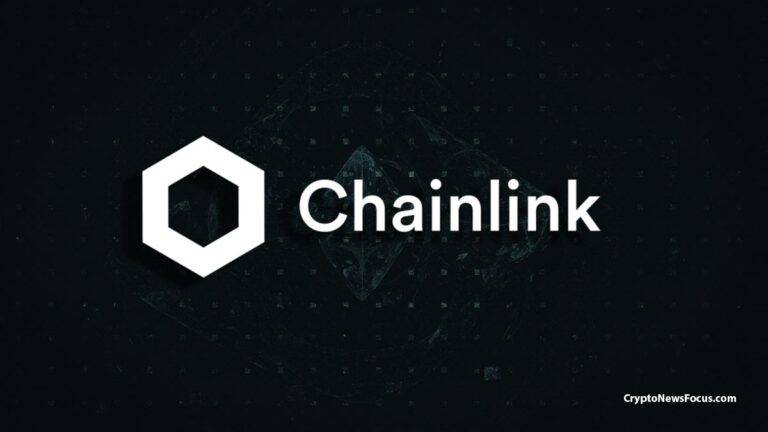
- VeChainThor has introduced a dual-token system with VET and VTHO to stabilize transaction costs and store value separately on its blockchain.
- This innovative approach shields fees from market volatility, supports a range of blockchain applications, and positions VeChain for potential price surges according to analysts.
The blockchain industry has been grappling with the persistent unpredictability of transaction costs for years. To tackle this challenge, VeChain (VET) has introduced a groundbreaking solution: a dual token system. This innovative approach consists of two distinct tokens, VET and VTHO, designed to store value and maintain predictable transaction costs on the blockchain. Let’s delve into how this dual-token mechanism works and its potential impact on the blockchain ecosystem.
VET and VTHO: A Symbiotic Relationship
Our dual-token model on VeChainThor ensures stable transaction costs, even in volatile markets!$VET stores your value while $VTHO fuels transactions, keeping costs predictable.
— VeChain (@vechainofficial) May 18, 2024
Perfect for those who prioritize reliability. Learn more: https://t.co/uISgvo65px pic.twitter.com/b0EdDtQza9
VeChain’s dual-token system is composed of VET (VeChain Token) and VTHO (VeThor Token). VET functions as the primary value-transfer medium within the VeChain ecosystem, acting as a utility token. On the other hand, VTHO represents the underlying cost of utilizing the VeChainThor blockchain resources, effectively serving as the transaction or gas token.
In essence, while VET generates VTHO and facilitates value transfer, VTHO is crucial for executing transactions and running smart contracts on the blockchain. This separation ensures that transaction fees are not directly influenced by the price volatility of VET, offering a stable and predictable cost structure for enterprises and developers utilizing the network.
Tackling Market Volatility
One of the primary objectives of the dual-token model is to shield transaction fees from market volatility. During periods of market bull runs, token prices often surge, leading to increased transaction costs on single-token blockchains. This scenario is particularly problematic as network congestion further exacerbates fee inflation, making transactions expensive and inconvenient.
VeChain’s dual-token system effectively mitigates this issue. By decoupling transaction costs from the value of the primary token (VET), the system ensures that fees remain stable regardless of market conditions. This predictability is crucial for both enterprises and individual users, enabling them to forecast future costs of using the network with greater accuracy.
Core Features and Future Prospects
VeChain’s innovative approach extends beyond its dual-token system. The blockchain boasts several core features, including Meta-transaction functionalities, Proof-of-Authority (PoA) consensus 2.0, an on-chain governance mechanism, and the unique two-token model. Additionally, VeChain has introduced the ToolChain, built on the VeChainThor blockchain, offering solutions ranging from product lifecycle management to carbon credit tracking and environmental sustainability reporting. These services are available as platform-as-a-service (PaaS), software-as-a-service (SaaS), and blockchain-as-a-service (BaaS).
Analysts are optimistic about VeChain’s future, predicting significant price surges. Crypto Yaper anticipates a bullish reversal for VET, potentially reaching $0.5, while World Of Charts projects a 400-500% increase within the coming weeks. At the time of writing, VET is trading at $0.034, despite recent declines.
VeChain’s dual-token system is a revolutionary step towards stabilizing transaction costs in the blockchain world. By separating value storage from transaction execution, VeChain offers a model that could reshape the economic dynamics of blockchain technology, ensuring predictable and sustainable growth.




